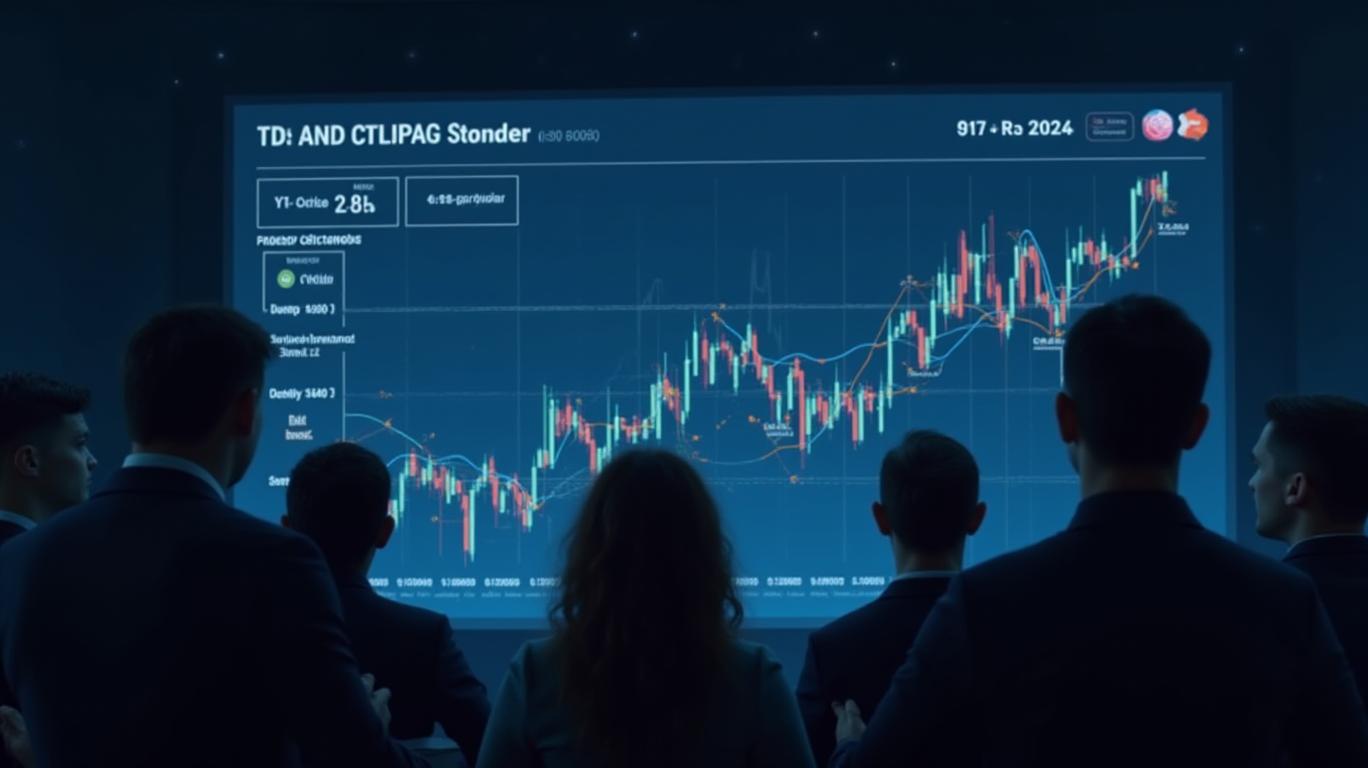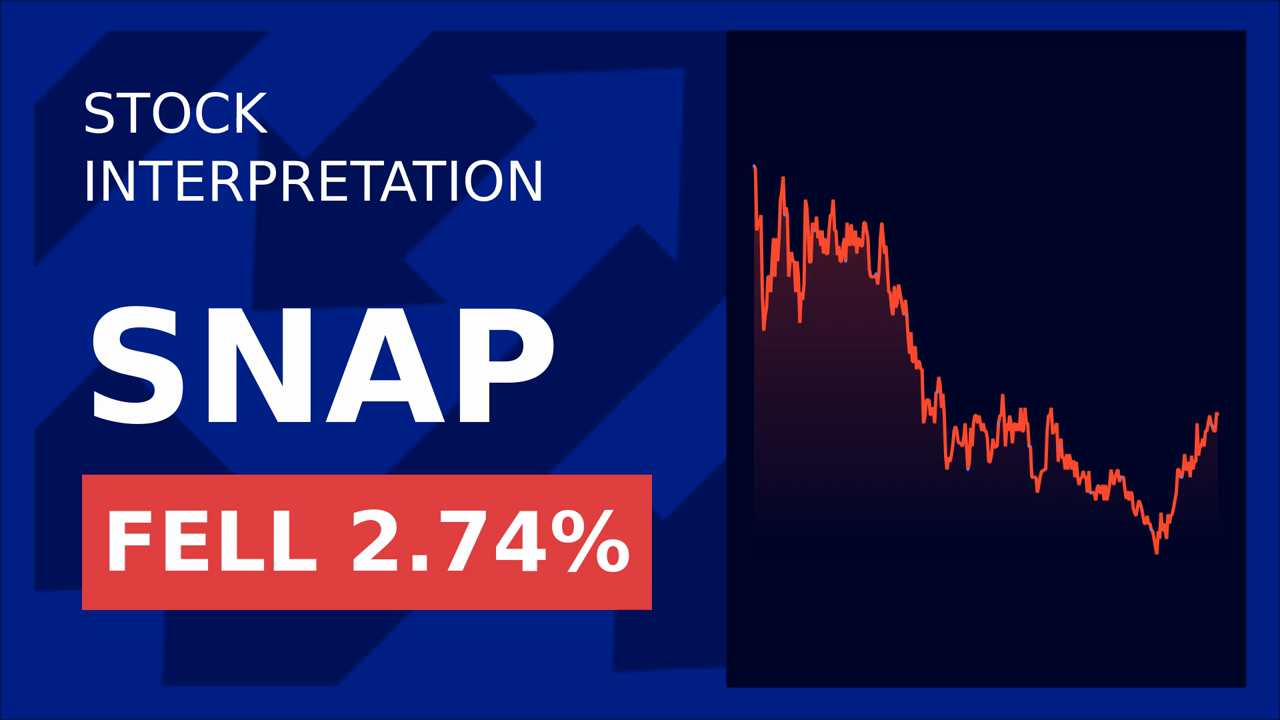Snap's Silence on Future Outlook Sparks Concerns in an Uncertain Economy
Snap Inc.’s recent decision to omit forward guidance for its Q3/Q4 2024 earnings has sent ripples through the tech sector, raising questions about the health of its advertising-driven business and its ability to navigate a turbulent economic landscape. While the company’s Q1 2025 results showed signs of stabilization—14% revenue growth and a 9% rise in daily active users (DAUs) to 460 million—the absence of clear forward-looking targets underscores lingering uncertainties.
At the heart of Snap’s caution are macroeconomic headwinds that have left advertisers hesitant to commit to spending. The expiration of the U.S. de minimis exemption in April 2023, which eliminated duty-free shipping for small international packages, has disproportionately impacted small and medium-sized businesses (SMBs)—a critical segment of Snap’s advertiser base.

Tariff-related costs have forced many SMBs to cut discretionary spending, including digital ads. Snap’s CFO, Derek Andersen, noted during Q4 2024 earnings that these businesses “are feeling the pinch of higher operational costs,” leading to slower ad budget growth. This dynamic has left Snap’s core revenue engine—advertising, which accounts for 91% of its income—exposed to economic swings.
Compounding these challenges is Snap’s ongoing restructuring. A $70.1 million restructuring plan in 2024, involving layoffs and operational streamlining, reflects a broader strategy to prioritize cost discipline. While this has narrowed Snap’s net loss to $9 million in Q4 2024 from $193 million a year earlier, the company remains cautious about committing to growth investments without clearer visibility.
Snap’s pivot toward subscription services and augmented reality (AR) offers a glimmer of hope. Its Snapchat+ service saw 131% year-over-year revenue growth in 2024, and its AR platform for Spectacles is attracting enterprise clients. However, these initiatives are still nascent and unlikely to offset ad revenue risks in the near term.
The market’s reaction has been mixed. Snap’s stock, which trades at a price-to-sales ratio of 1.8x—near a five-year low—reflects investor skepticism.
Yet Q1 2025 results hint at potential resilience. Revenue rose to $1.56 billion, with adjusted EBITDA jumping 73% to $276 million. CEO Evan Spiegel emphasized that Snap’s focus on user engagement—such as its 137% improvement in EBITDA margins—has positioned it to weather turbulence. Still, the company avoided quantifying its Q2 outlook, instead offering only cost guidance of $0.82–0.87 per DAU.
Conclusion: Snap’s reluctance to provide forward guidance is a symptom of deeper industry-wide challenges. While its Q1 results suggest stabilization, its reliance on advertising in an uncertain economy leaves it vulnerable. The company’s success hinges on its ability to diversify revenue further and navigate regulatory headwinds. Investors should weigh its progress in subscriptions and AR against the risk of prolonged ad spending weakness. Until macroeconomic clarity emerges, Snap’s path to sustained growth remains fraught with uncertainty—a reality reflected in its stock’s muted valuation.
Snap’s journey underscores a broader truth: in an era of tariff wars and uneven recoveries, tech companies reliant on SMB ad spend must prove they can thrive without the crutch of easy economic conditions. For now, Snap’s silence on the future speaks volumes about the risks it—and the sector—still face.



_219eac971750077834984.jpeg)






Hello everyone, if you require assistance with crypto trading get in touch with Madelyn Brookes
Contact her on Face———-book
please feel free to send her a text message. She will respond promptly to your inquiry.
She will guide and train you